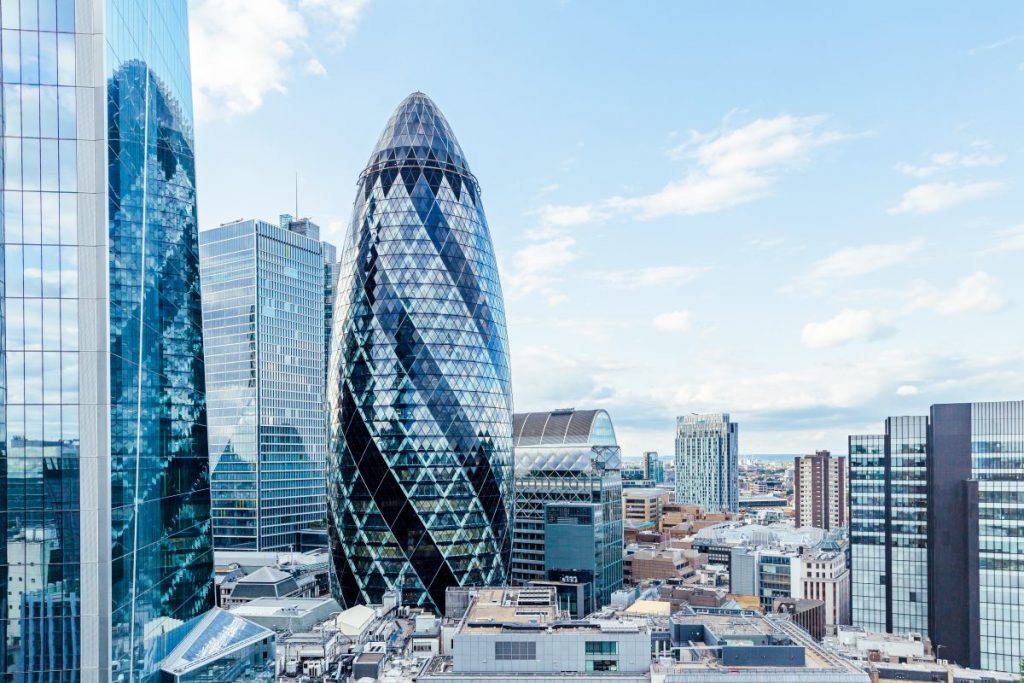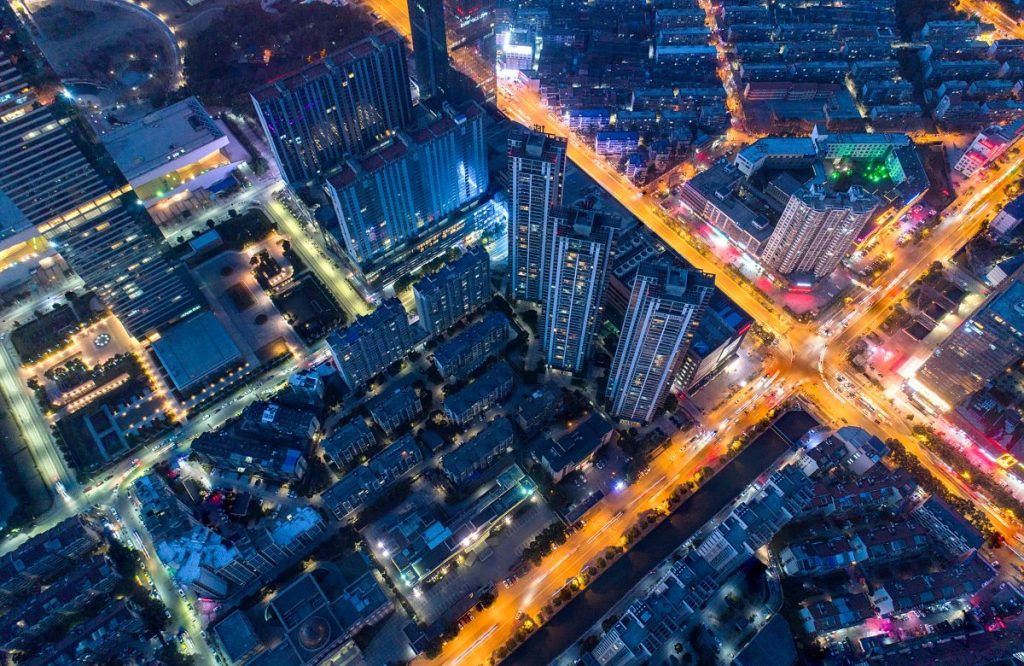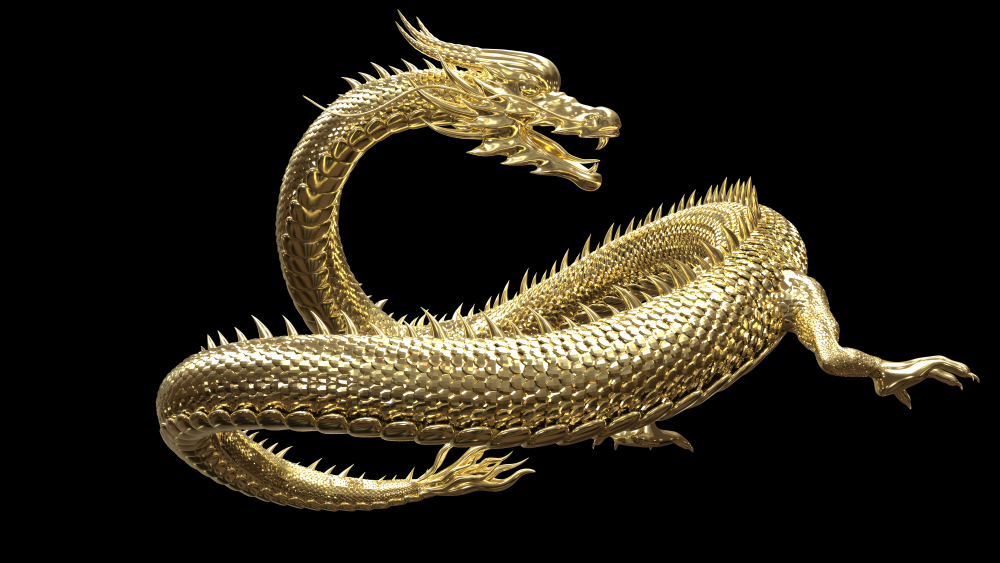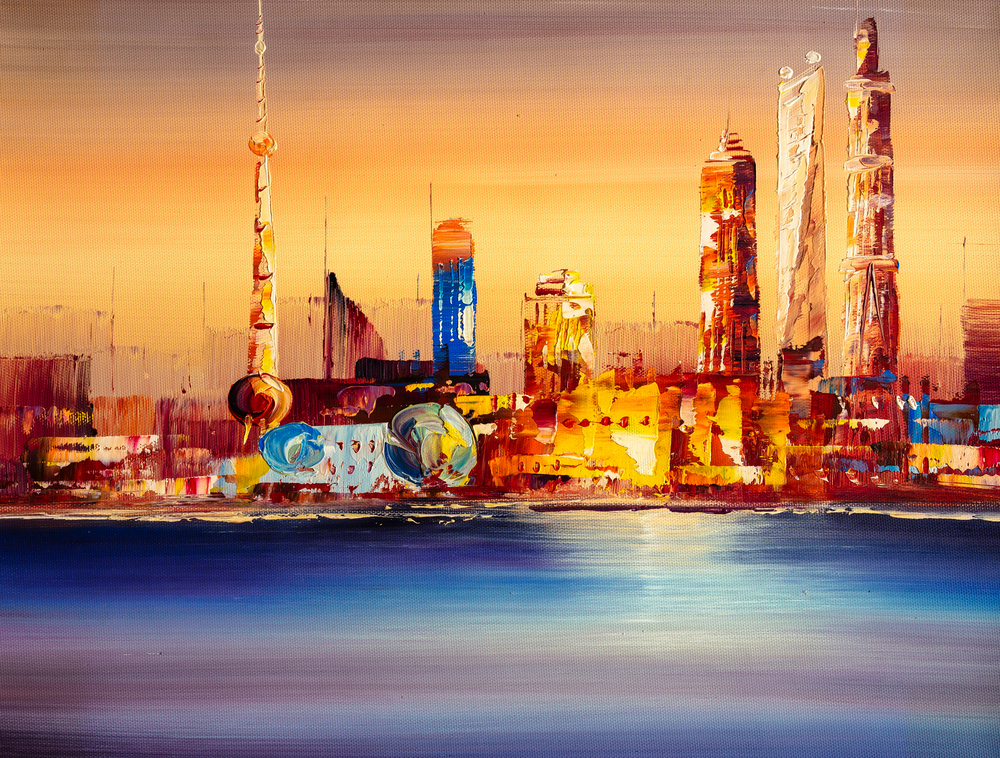Thought Leadership | 23 August 2019
In the past weeks we saw markets react negatively to fresh tariffs on China. However, it is more likely that traders were simply responding to the Federal Reserve’s attempts to maintain its independence against the US President by taking a more staunch view on the cost of money. The Fed’s independence might just be an early casualty towards a mercantilist war that is now beginning to be waged across the globe.
The recent story of the Fed.
Last year saw an uncharacteristically hawkish Fed as the central bank was trying to rebalance the effects of President Trump’s pro-cyclical economic stimulation which took place in 2018. After a significant pullback at the end of last year, Jay Powell was forced to change gears to “neutral”. Since then, the Fed had become increasingly dovish, leading traders to believe that a rate cut cycle had come. Markets anticipate so that was gradually and more aggressively built into Fed Futures expectations. Before the Fed’s summer meeting, investors were expecting 3 rate cuts for this year. Mr. Powell, however, had no such intentions.
And why would he? The Fed’s mission is to control inflation and unemployment. To do this, it must foster growth and make sure that the financial system (banks and stock markets) is stable. It is constitutionally independent and empowered to do those things at will. So, from Mr. Powell’s perspective the US economy might be slowing, but overall it is still growing at a satisfactory level near 2%. Core inflation is not very far from target (1.6%) and the economy is in full employment, with unemployment at a 50-year low and underemployment at a 20-year low. Banks are well capitalised and the stock market near all-time highs. So where’s the fire? What is the Fed’s signal to lower interest rates? Additionally, if one believes that the Philips Curve (the inverse relation between ultra-low unemployment and interest rates) is not functional, there are no reasons to hike either. So “neutral” is the placed to be.
Still, cognisant of an external growth slowdown, mostly of America’s making, and to alleviate pressure, the Fed begrudgingly acquiesced to one rate cut, calling it a “mid cycle adjustment”. The phrase was specifically used to signal that, although maybe not a one off, we are not in a rate cut cycle.
The Fed is the main, if not the only, game in town, as far as markets are concerned. The “adjustment” comment, which fell short of trader expectations, was enough to spark sales. A few days later, maybe not by accident, Mr. Trump chose to increase tariffs in China, exacerbating worries and leading to a 6%-7% correction in the US stock market.
What’s next?
In theory, the Federal Reserve is an independent central bank. Its role is counter-cyclical. When the economy accelerates, it must increase the cost of money to avoid overheating and inflation, an insidious form of across the board taxation. When the economy is slowing, it must reduce the cost of money to increase risk taking, to smooth a possible recession and altogether avoid a depression.
Over the years it acquired an extra set of roles. A stalwart of global market functioning and, insofar as the Dollar is the world’s reserve currency, that of the world’s –de facto- central bank.
Its independence is not, however, absolute, and as such it can be influenced. An American President who would prioritise “America First” rather than be “banker to the world” could compel the Fed to adopt his monetary policy of choice. And if the central banker will not budge at “suggestions”, the easy way is to light a fire and force the central bank to act to put it out.
Ahead of the 2020 election and fully cognisant of the importance the economy will play in his re-election, Donald Trump needs growth. The growth effects of last year’s tax bill and the subsequent Dollar repatriation have petered out and a Democratic Congress will probably not allow him a big pre-election spending win. So the baton must be passed from fiscal back to monetary policy.
Now let’s get highly hypothetical. If Mr. Trump does not want to become only the fifth incumbent to lose an election in the last 120 years (preceded by Messrs Taft, Carter, Ford and Bush Sr, most of which faced a tough economy) and he can’t legislate growth, he can press the Fed to purchase it for him. How can he engineer a crisis, however, without hurting the very economy he wants propped up?
The answer? He can take future risks and use a long a slow fuse. If his movement to slap tariffs on China right after the Fed had poured cold water over markets was indeed premeditated (and that is also a hypothesis), the strategy becomes clear. He is willing to risk a future trade war, to force the Fed to act today.
Traders who have led the August selloff are his best allies. Rising external risks can no longer be ignored by the Mr. Powell’s board, which is additionally pressured by investors. Thus, the President can undercut the Fed’s independence and force competitive interest rate cuts.
Long term risks rising
The primary question is what will the world look like increasingly hostile and without independent central banks? In 2008 central bankers, acting independently of their governments and in concert with each other barely managed to stave off the demise of capitalism. In the future, non-independent central bankers might not be able to pull off such a feat. Already in the US and the EU central bank Presidents are political appointees. Likewise in China. In Britain, many are clamouring for a British and more “patriotic” BoE Governor. What does this dystopic future look like? With central banks acting like an arm for their mercantilist government aspirations, we could see competitive devaluations and “beggar thy neighbour” policies, which could lead to a significant escalation of trade wars and a prolonged recession for all. Printing money would become an atomic weapon in this atypical world war. The more politicians threaten the independence of central bankers, the more this scenario, “World War T(rade)”, becomes plausible.












































Comments